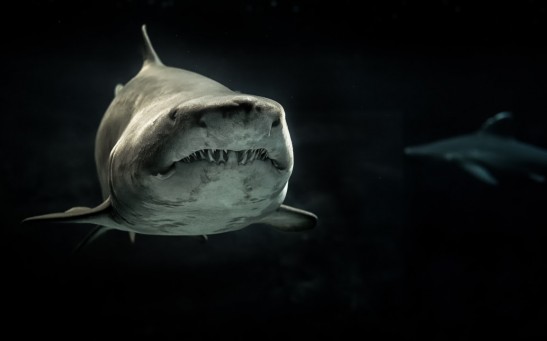Paleontology

Giant Tortoise Still Roams Galapagos Islands After Being Thought to be Extinct 100 Years Ago

Paleontology Experts Unearthed Ancient, Unique Egg from Dwarf Emu in Sand Dune
Salamander-Sized Amphibian Fossils That Lived 252 Million Years Ago, Excavated Before COVID-19 Crisis
Ancient Side-Necked Turtle Fossils in Texas Sheds Light on Reptile Migrations 100 Million Years Ago
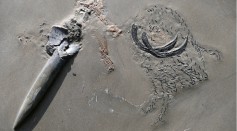
Mystery Jurassic Predator's Left-Over Meal Includes a Cephalopod Eating a Crustacean

New Mexico Menefeeceratops: Horned Dinosaur From 82 Million Years Ago, First of Its Kind

Benthic Bestfriends from Paleozoic Era Still Thriving After Missing for 270 Million Years
Study Reveals Pint-Sized Dinosaur from Mongolia Could See as Well as an Owl in the Night
Sabre-Toothed Cat From 9 Million Years Ago Could Take Down Prey Ten Times Its Size
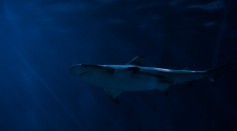
Godzilla Shark From 300 Million Years Ago Finally Gets a New Name, Classified as New Species
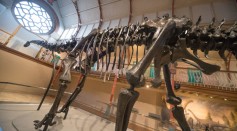
Sorry, Jurassic Park Fans! Experts Say T.Rex Dinosaurs Are Not Capable of Running
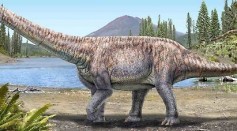
Plant-Eating Dinosaur From Cretaceous Period Discovered in Chile
Baby Stegosaur Footprint From 100 Million Years Ago Discovered in China
Velociraptors Scarier Than Previously Thought, Uses Sense of Smell to Hunt at Night
Most Popular

How Technology Is Changing the Real Estate Industry?

How a Plant-Based Diet Can Protect Against Breast Cancer: Insights from Nutrition Research

Study Reveals High Turnover in Scientific Research Careers: What This Means for Future Scientists

Nikolay Karpenko Biography, Photo, Career, Accomplishments

